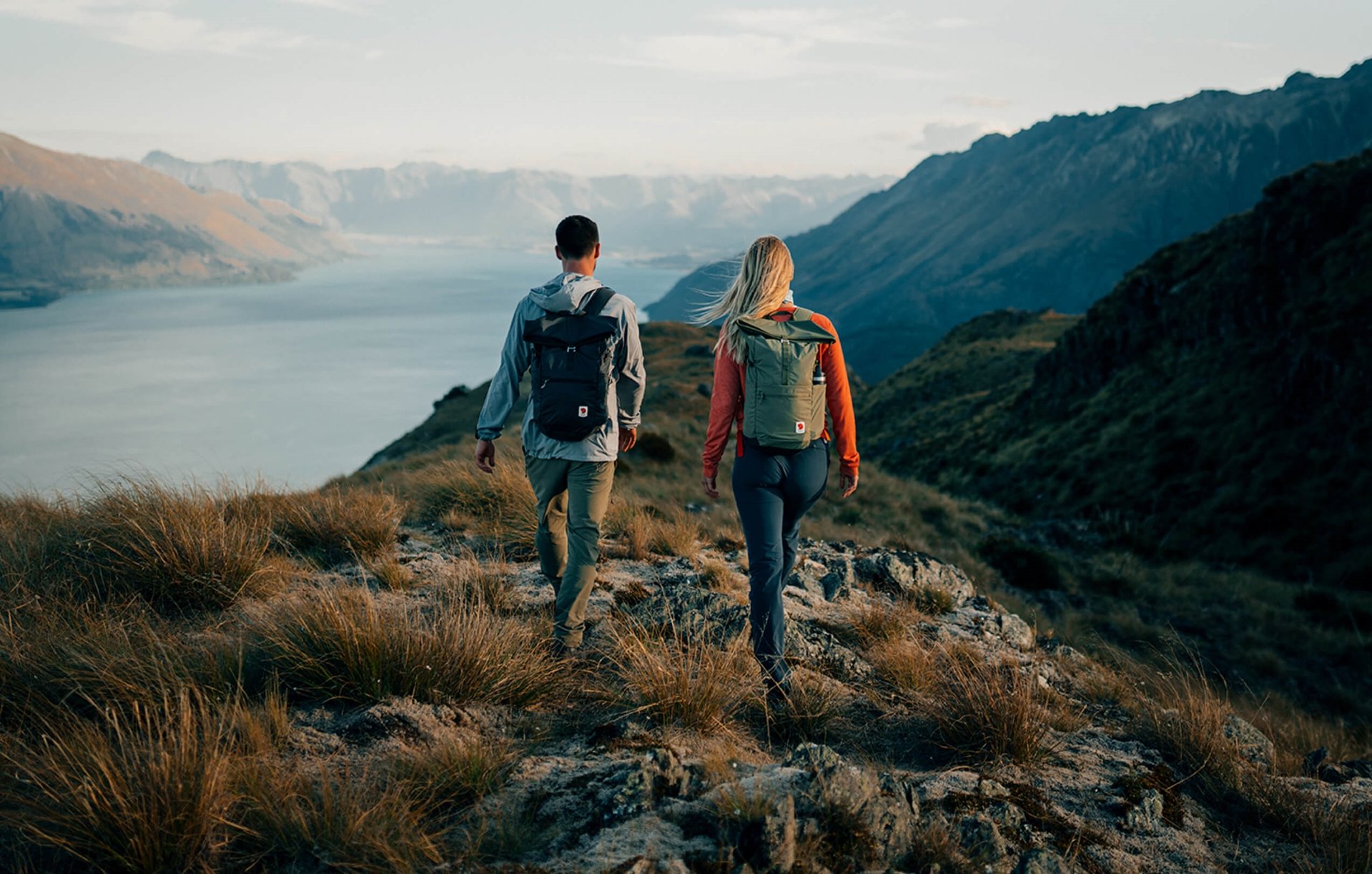I use Seek by iNaturalist for everyday adventures like monitoring my local ecosystems -- a park, a patch of ocean, or the woods -- and for expeditions where there’s always the possibility of documenting a rare species or even a discovering a new one.
Taking a walk with Seek opens up a wealth of knowledge about the species who live around us. The app learns from all the documentation it records from users, so it gets smarter about what species are likely to be seen in any given region. The curious novice can pull up a list of common species for their neighborhood and keep an eye out, and as someone’s knowledge of ecology grows, there are more patterns to discover about how certain species behave, when they bloom when they migrate, and much more depending on which kingdom of life you’re paying attention to.
My favorite feature is that the collective data can be harnessed by scientists for important work to study and protect nature. Seek, in my opinion, is the ultimate citizen science app. Easy to use, fun, and a direct contribution to scientists who need to understand what species comprise a given ecosystem.
Seek offers a series of ”challenges” designed for community engagement. One time I organized a what’s called a ”bio-blitz” where a group took a few hours to wander Central Park to document species. The app let us all link our profiles and by the end, everyone involved learned about at least a few species like what kind of fungi was helping a tree decay to the kind of hawk soaring above.
I’ve been obsessed with snails ever since spotting their goopy, surreal bodies as a kid in the Washington State woods. Recently, I was researching in the remote wilds of the Bolivian Amazon rainforest. Each night at camp our team would share pictures of what each of us had documented. There was a lot of excitement for any signs of jaguars, and ocelots, monkeys, and charismatic birds. For my turn, I would show pictures of snails, some of the biggest ones I’d ever seen. I was so excited to share my team thought leading up that I must have gotten something related to a big cat. They quickly learned where my loyalty was and would call me over anytime they found a snail.
